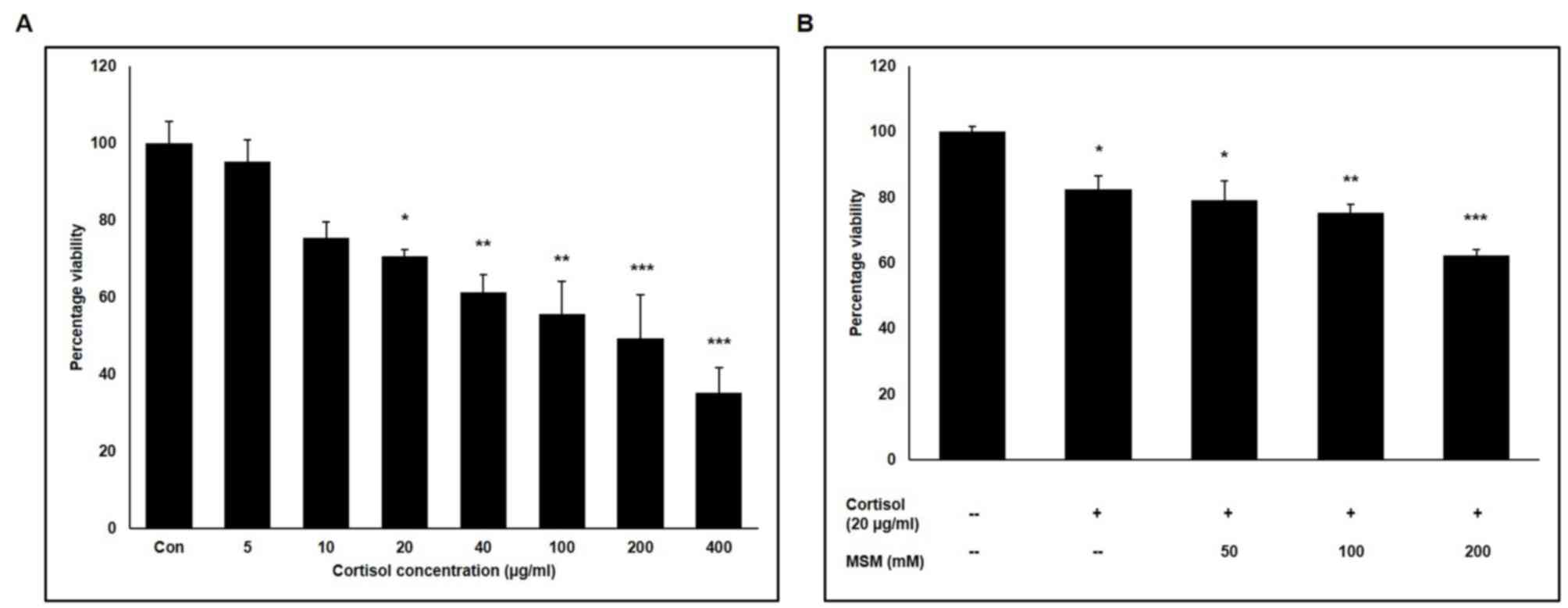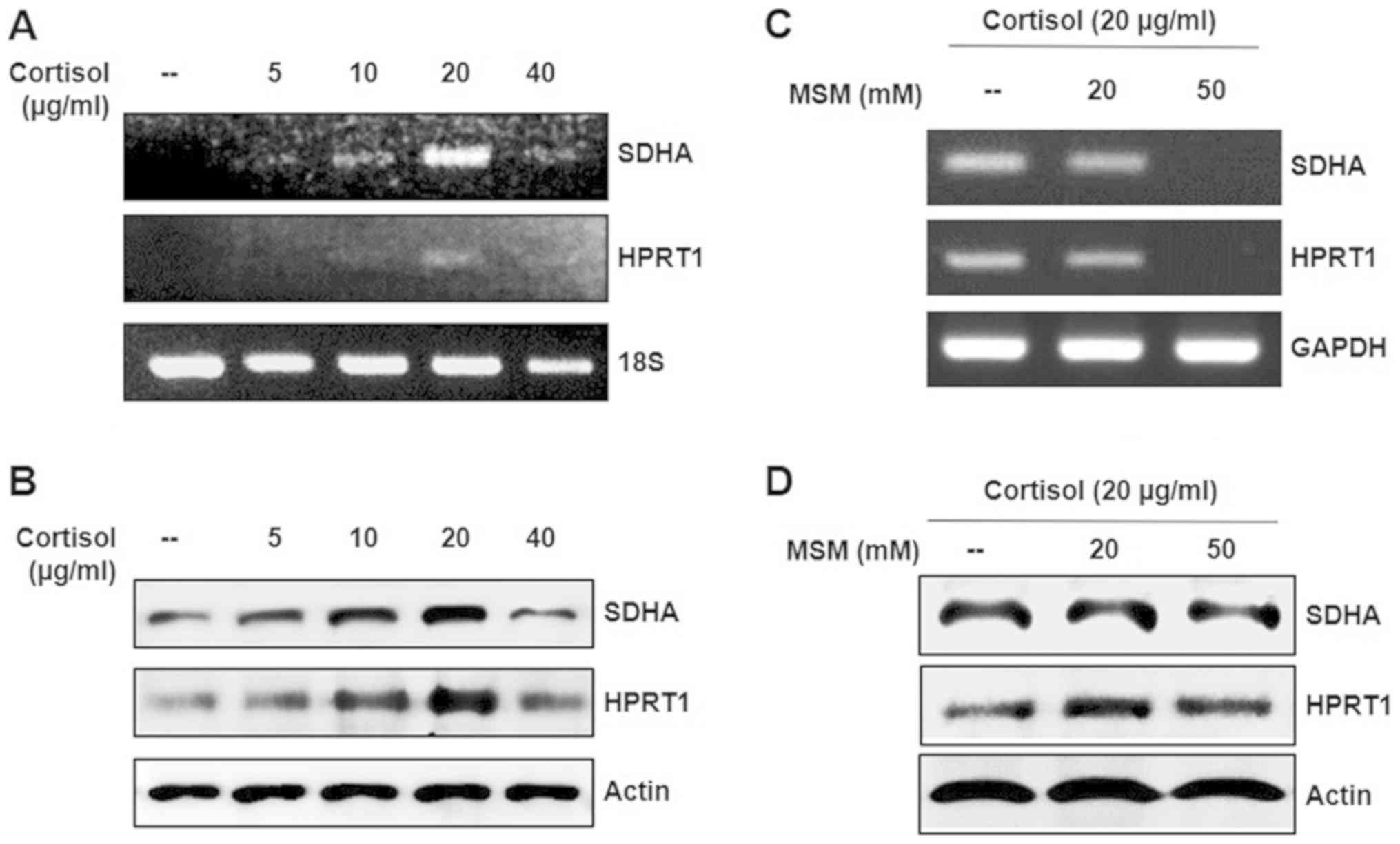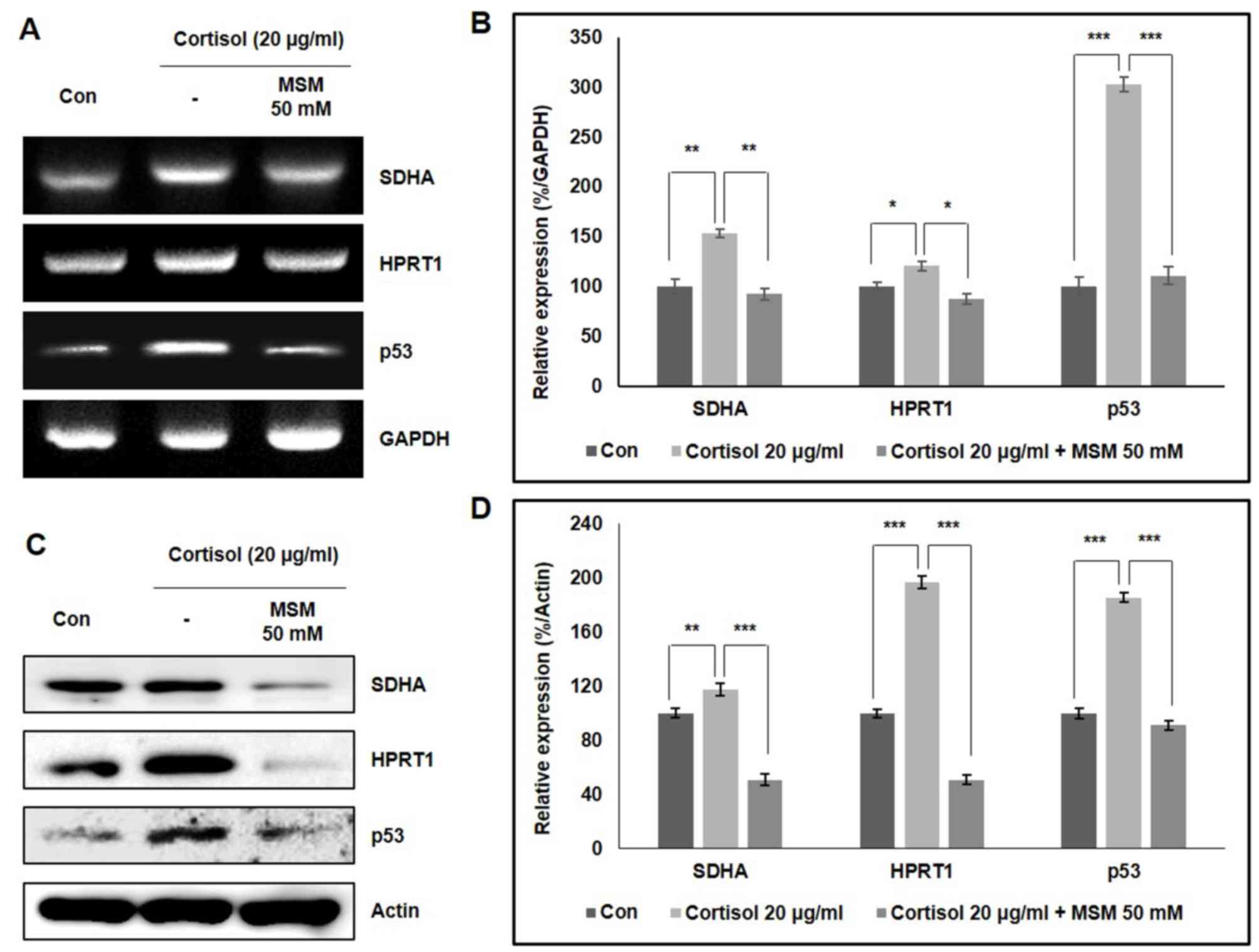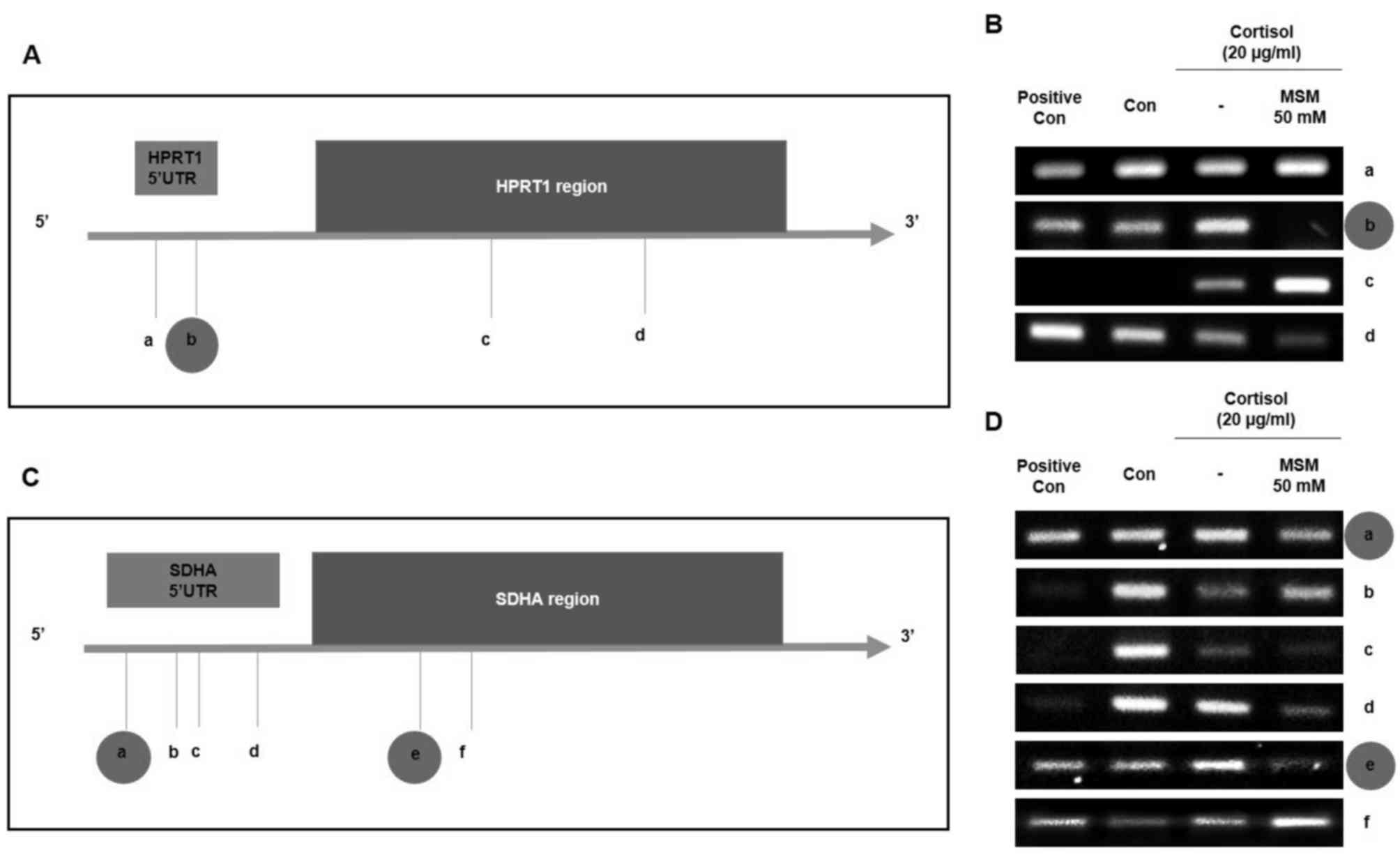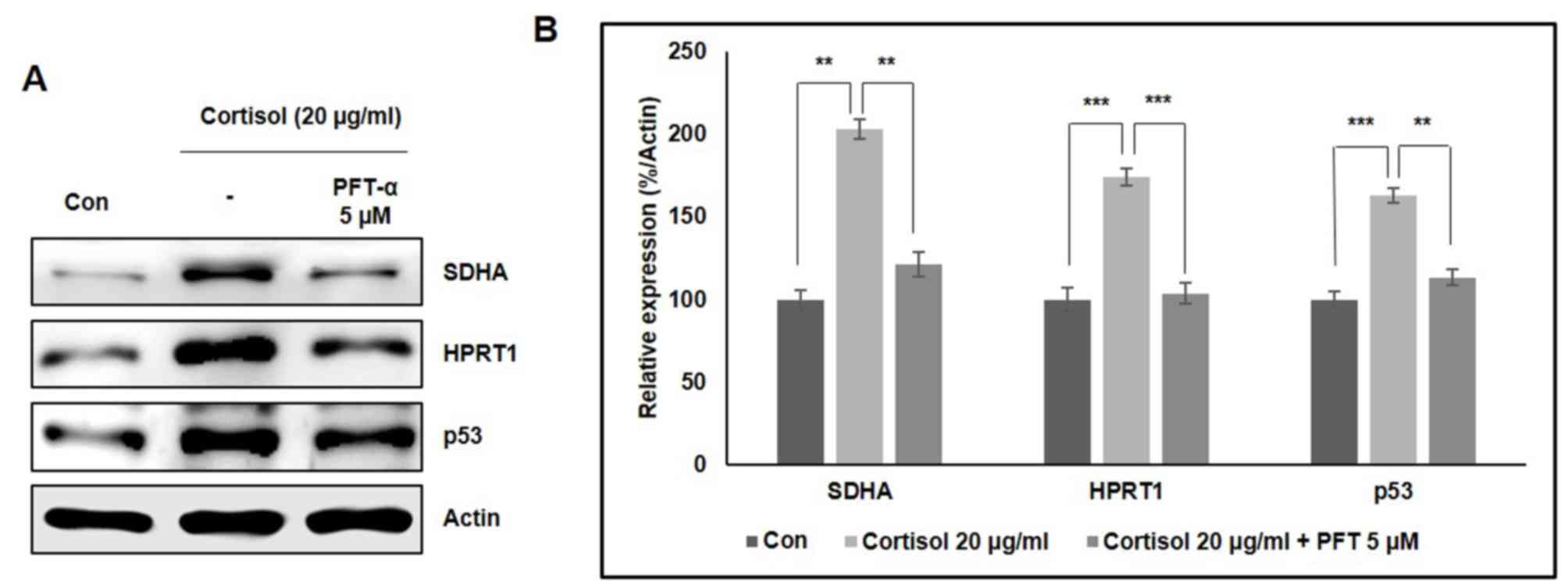|
1
|
Williams CA: The effect of oxidative
stress during exercise in the horse. J Anim Sci. 94:4067–4075.
2016. View Article : Google Scholar : PubMed/NCBI
|
|
2
|
Geor RJ and McCutcheon LJ: Hydration
effects on physiological strain of horses during exercise-heat
stress. J Appl Physiol (1985). 84:2042–2051. 1998. View Article : Google Scholar : PubMed/NCBI
|
|
3
|
Caillaud C, Connes P, Bouix D and Mercier
J: Does haemorheology explain the paradox of hypoxemia during
exercise in elite athletes or thoroughbred horses? Clin Hemorheol
Microcirc. 26:175–181. 2002.PubMed/NCBI
|
|
4
|
González O, González E, Sánchez C, Pinto
J, González I, Enríquez O, Martínez R, Filgueira G and White A:
Effect of exercise on erythrocyte beta-adrenergic receptors and
plasma concentrations of catecholamines and thyroid hormones in
thoroughbred horses. Equine Vet J. 30:72–78. 1998. View Article : Google Scholar : PubMed/NCBI
|
|
5
|
Tadros EM, Frank N, De Witte FG and Boston
RC: Effects of intravenous lipopolysaccharide infusion on glucose
and insulin dynamics in horses with equine metabolic syndrome. Am J
Vet Res. 74:1020–1029. 2013. View Article : Google Scholar : PubMed/NCBI
|
|
6
|
Morris MC and Rao U: Cortisol response to
psychosocial stress during a depressive episode and remission.
Stress. 17:51–58. 2014. View Article : Google Scholar : PubMed/NCBI
|
|
7
|
Álvarez-Diduk R and Galano A: Adrenaline
and noradrenaline: Protectors against oxidative stress or molecular
targets? J Phys Chem B. 119:3479–3491. 2015. View Article : Google Scholar : PubMed/NCBI
|
|
8
|
Flint MS, Baum A, Episcopo B, Knickelbein
KZ, Liegey Dougall AJ, Chambers WH and Jenkins FJ: Chronic exposure
to stress hormones promotes transformation and tumorigenicity of
3T3 mouse fibroblasts. Stress. 16:114–121. 2013. View Article : Google Scholar : PubMed/NCBI
|
|
9
|
Ranabir S and Reetu K: Stress and
hormones. Indian J Endocrinol Metab. 15:18–22. 2011. View Article : Google Scholar : PubMed/NCBI
|
|
10
|
Konturek PC, Brzozowski T and Konturek SJ:
Stress and the gut: Pathophysiology, clinical consequences,
diagnostic approach and treatment options. J Physiol Pharmacol.
62:591–599. 2011.PubMed/NCBI
|
|
11
|
Mosavat M, Ooi FK and Mohamed M: Stress
hormone and reproductive system in response to honey
supplementation combined with different jumping exercise
intensities in female rats. Biomed Res Int. 2014:1236402014.
View Article : Google Scholar : PubMed/NCBI
|
|
12
|
Steimer T: The biology of fear- and
anxiety-related behaviors. Dialogues Clin Neurosci. 4:231–249.
2002.PubMed/NCBI
|
|
13
|
McEwen BS: Central effects of stress
hormones in health and disease: Understanding the protective and
damaging effects of stress and stress mediators. Eur J Pharmacol.
583:174–185. 2008. View Article : Google Scholar : PubMed/NCBI
|
|
14
|
Hannibal KE and Bishop MD: Chronic stress,
cortisol dysfunction, and pain: A psychoneuroendocrine rationale
for stress management in pain rehabilitation. Phys Ther.
94:1816–1825. 2014. View Article : Google Scholar : PubMed/NCBI
|
|
15
|
Fioranelli M, Bottaccioli AG, Bottaccioli
F, Bianchi M, Rovesti M and Roccia MG: Stress and inflammation in
coronary artery disease: A review
Psychoneuroendocrineimmunology-Based. Front Immunol. 9:20312018.
View Article : Google Scholar : PubMed/NCBI
|
|
16
|
Butawan M, Benjamin RL and Bloomer RJ:
Methylsulfonylmethane: Applications and safety of a novel dietary
supplement. Nutrients. 9(pii): E2902017. View Article : Google Scholar : PubMed/NCBI
|
|
17
|
S P N, Darvin P, Yoo YB, Joung YH, Kang
DY, Kim DN, Hwang TS, Kim SY, Kim WS, Lee HK, et al: The
combination of methylsulfonylmethane and tamoxifen inhibits the
Jak2/STAT5b pathway and synergistically inhibits tumor growth and
metastasis in ER-positive breast cancer xenografts. BMC Cancer.
15:4742015. View Article : Google Scholar : PubMed/NCBI
|
|
18
|
Lim EJ, Hong DY, Park JH, Joung YH, Darvin
P, Kim SY, Na YM, Hwang TS, Ye SK, Moon ES, et al:
Methylsulfonylmethane suppresses breast cancer growth by
down-regulating STAT3 and STAT5b pathways. PLoS One. 7:e333612012.
View Article : Google Scholar : PubMed/NCBI
|
|
19
|
Joung YH, Darvin P, Kang DY, Sp N, Byun
HJ, Lee CH, Lee HK and Yang YM: Methylsulfonylmethane inhibits
RANKL-induced osteoclastogenesis in BMMs by suppressing NF-κB and
STAT3 activities. PLoS One. 11:e01598912016. View Article : Google Scholar : PubMed/NCBI
|
|
20
|
Preetha NS, Kang DY, Darvin P, Kim DN,
Joung YH, Kim SY, Cho KY, Do CH, Park KD, Lee JH, et al: Induction
of in vitro ketosis condition and suppression using
methylsulfonylmethane by altering ANGPTL3 expression through STAT5b
signaling mechanism. Anim Cells Syst. 19:30–38. 2015. View Article : Google Scholar
|
|
21
|
Cappelli K, Felicetti M, Capomaccio S,
Spinsanti G, Silvestrelli M and Supplizi AV: Exercise induced
stress in horses: Selection of the most stable reference genes for
quantitative RT-PCR normalization. BMC Mol Biol. 9:492008.
View Article : Google Scholar : PubMed/NCBI
|
|
22
|
Cheng VW, Piragasam RS, Rothery RA,
Maklashina E, Cecchini G and Weiner JH: Redox state of flavin
adenine dinucleotide drives substrate binding and product release
in Escherichia coli succinate dehydrogenase. Biochemistry.
54:1043–1052. 2015. View Article : Google Scholar : PubMed/NCBI
|
|
23
|
Guzy RD, Sharma B, Bell E, Chandel NS and
Schumacker PT: Loss of the SdhB, but Not the SdhA, subunit of
complex II triggers reactive oxygen species-dependent
hypoxia-inducible factor activation and tumorigenesis. Mol Cell
Biol. 28:718–731. 2008. View Article : Google Scholar : PubMed/NCBI
|
|
24
|
Gravells P, Ahrabi S, Vangala RK, Tomita
K, Brash JT, Brustle LA, Chung C, Hong JM, Kaloudi A, Humphrey TC
and Porter AC: Use of the HPRT gene to study nuclease-induced DNA
double-strand break repair. Hum Mol Genet. 24:7097–7110.
2015.PubMed/NCBI
|
|
25
|
Ceballos-Picot I, Mockel L, Potier MC,
Dauphinot L, Shirley TL, Torero-Ibad R, Fuchs J and Jinnah HA:
Hypoxanthine-guanine phosphoribosyl transferase regulates early
developmental programming of dopamine neurons: Implications for
Lesch-Nyhan disease pathogenesis. Hum Mol Genet. 18:2317–2327.
2009. View Article : Google Scholar : PubMed/NCBI
|
|
26
|
Kang TH, Park Y, Bader JS and Friedmann T:
The housekeeping gene hypoxanthine guanine
phosphoribosyltransferase (HPRT) regulates multiple developmental
and metabolic pathways of murine embryonic stem cell neuronal
differentiation. PLoS One. 8:e749672013. View Article : Google Scholar : PubMed/NCBI
|
|
27
|
Surget S, Khoury MP and Bourdon JC:
Uncovering the role of p53 splice variants in human malignancy: A
clinical perspective. Onco Targets Ther. 7:57–68. 2013.PubMed/NCBI
|
|
28
|
Pflaum J, Schlosser S and Müller M: p53
family and cellular stress responses in cancer. Front Oncol.
4:2852014. View Article : Google Scholar : PubMed/NCBI
|
|
29
|
Han ES, Muller FL, Perez VI, Qi W, Liang
H, Xi L, Fu C, Doyle E, Hickey M, Cornell J, et al: The in vivo
gene expression signature of oxidative stress. Physiol Genomics.
34:112–126. 2008. View Article : Google Scholar : PubMed/NCBI
|
|
30
|
Alston CL, van der Westhuizen FH, He L,
Wassmer E, Davison JE, Falkous G, McFarland R and Taylor RW: P53
Novel SDHA and SDHB mutations as a cause of isolated mitochondrial
complex II deficiency. Neuromuscular Disord. 22 (Suppl 1):S212012.
View Article : Google Scholar
|
|
31
|
Suzuki T, Kusunoki Y, Tsuyama N, Ohnishi
H, Seyama T and Kyoizumi S: Elevated in vivo frequencies of mutant
T cells with altered functional expression of the T-cell receptor
or hypoxanthine phosphoribosyltransferase genes in p53-deficient
mice. Mutat Res. 483:13–17. 2001. View Article : Google Scholar : PubMed/NCBI
|
|
32
|
Zhang H, Chi Y, Gao K, Zhang X and Yao J:
p53 protein-mediated up-regulation of MAP kinase phosphatase 3
(MKP-3) contributes to the establishment of the cellular senescent
phenotype through dephosphorylation of extracellular
signal-regulated kinase 1/2 (ERK1/2). J Biol Chem. 290:1129–1140.
2015. View Article : Google Scholar : PubMed/NCBI
|
|
33
|
Maghsoudlou P, Ditchfield D, Klepacka DH,
Shangaris P, Urbani L, Loukogeorgakis SP, Eaton S and De Coppi P:
Isolation of esophageal stem cells with potential for therapy.
Pediatr Surg Int. 30:1249–1256. 2014. View Article : Google Scholar : PubMed/NCBI
|
|
34
|
Joung YH, Lim EJ, Darvin P, Chung SC, Jang
JW, Do Park K, Lee HK, Kim HS, Park T and Yang YM: MSM enhances GH
signaling via the Jak2/STAT5b pathway in osteoblast-like cells and
osteoblast differentiation through the activation of STAT5b in
MSCs. PLoS One. 7:e474772012. View Article : Google Scholar : PubMed/NCBI
|
|
35
|
Kim DN, Joung YH, Darvin P, Kang DY, Sp N,
Byun HJ, Cho KH, Park KD, Lee HK and Yang YM: Methylsulfonylmethane
enhances BMP2induced osteoblast differentiation in mesenchymal stem
cells. Mol Med Rep. 14:460–466. 2016. View Article : Google Scholar : PubMed/NCBI
|
|
36
|
Birch-Machin MA and Bowman A: Oxidative
stress and ageing. Br J Dermatol. 175 (Suppl 2):S26–S29. 2016.
View Article : Google Scholar
|
|
37
|
Walker DM, Patrick O'Neill J, Tyson FL and
Walker VE: The stress response resolution assay. I. Quantitative
assessment of environmental agent/condition effects on cellular
stress resolution outcomes in epithelium. Environ Mol Mutagen.
54:268–280. 2013. View Article : Google Scholar : PubMed/NCBI
|
|
38
|
Walker DM, Nicklas JA and Walker VE: The
stress response resolution assay. II. Quantitative assessment of
environmental agent/condition effects on cellular stress resolution
outcomes in epithelium. Environ Mol Mutagen. 54:281–293. 2013.
View Article : Google Scholar : PubMed/NCBI
|
|
39
|
Morgan RA, Keen JA, Homer N, Nixon M,
McKinnon-Garvin AM, Moses-Williams JA, Davis SR, Hadoke PWF and
Walker BR: Dysregulation of cortisol metabolism in equine pituitary
pars intermedia dysfunction. Endocrinology. 159:3791–3800. 2018.
View Article : Google Scholar : PubMed/NCBI
|
|
40
|
Devi GR, Alam MJ and Singh RK:
Synchronization in stress p53 network. Math Med Biol. 32:437–456.
2015.PubMed/NCBI
|
|
41
|
Karabay AZ, Koc A, Ozkan T, Hekmatshoar Y,
Sunguroglu A, Aktan F and Buyukbingol Z: Methylsulfonylmethane
induces p53 independent apoptosis in HCT-116 colon cancer cells.
Int J Mol Sci. 17(pii): E11232016. View Article : Google Scholar : PubMed/NCBI
|
|
42
|
James A, Wang Y, Raje H, Rosby R and
DiMario P: Nucleolar stress with and without p53. Nucleus.
5:402–426. 2014. View Article : Google Scholar : PubMed/NCBI
|















